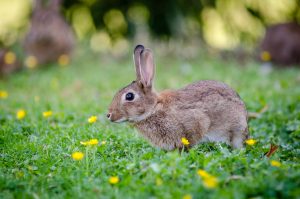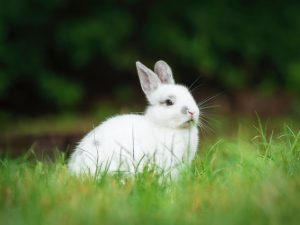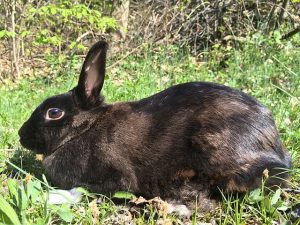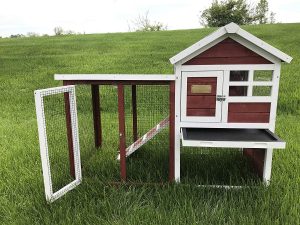
There are so many breeds of pet rabbit to choose from. These are just the most well-known. What they need most are your love and care. Our advice is to adopt rather than buy. Rabbits are not easy pets to keep, but they can bring you so much joy and fun. Worth it!
When choosing rabbits for our homes, we can take a lot of trouble, there are many varieties of pet rabbits, they are largely dependent (on us) from the owners. Rabbits need to be well taken care of, they will bring a lot of joy and peace to any family, but which one is best for you?
There are several things to consider before adopting a rabbit. With so many sizes to choose from (small, medium, large, giant), with so many coat patterns, with different ages to choose from, adopting a rabbit can be a difficult decision
In this article, I will try to introduce you to Havana rabbits. They are very affectionate and seek attention. They are also known to have relaxed and friendly personalities. They are lively and attentive, but they do not get nervous.
History
Despite its name, the Havana rabbit is not native to Cuba. The Havana rabbit got its start in the Netherlands when a rich brown rabbit was born in a litter of Dutch doe in the late 19th century. The rabbit's wonderful deep colouration inspired breeders to develop it into a new breed. The name of the "Havana" rabbit is that it resembles the chocolate colour from Cuban cigars from the city of Havana.
Havana rabbits were first exported to Germany in 1907 and came to Britain in 1908. They came to the United States in 1916 and to eastern Canada in the 1980s. In 1920, the English National Havana Club was founded.
Havana rabbits are recognized by the American Rabbit Breeders Association in four colour varieties: black, blue, broken and chocolate.
The American Rabbit Breeders Association first recognized the chocolate variety in 1916, the blue variety in the 1960s, and the black variety in the 1980s. The broken variety was officially recognized in 2007. Rabbit varieties today. The Havana rabbit is very popular as a show animal and is also kept as a pet.
General Description
The Havana Rabbit is a very beautiful breed with soft, shiny and rich fur colour.
The breed is not native to Cuba, as you might expect from their name. Havana is a breed of rabbit, which first appeared in the Netherlands in 1898 the breed is the prototype of many others. The Havana rabbit breed owes its name to the fact that the chocolate variety closely resembles the colour of dark brown Havana cigars from Cuba.
It is said that "a Havana rabbit is the result of a litter born by two rabbits with no pedigree". The Havana rabbit is a compact breed that should not exceed 6.5 pounds. They have short, rounded bodies. The topline should form a semicircle that rises above the hips before or down to the tail. They have short, straight legs with dark toenails, short ears that are relatively close together, medium-sized eyes and a short head with full cheeks.
Coat
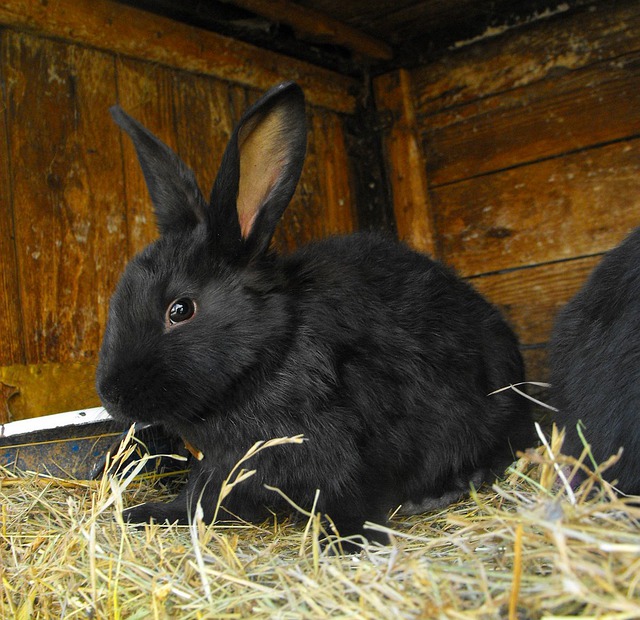
Havana is a very beautiful, medium-sized rabbit breed. The breed has short and round bodies. The ears of the Havana rabbit are short, relatively close together and straight. The top line of their body is a curve that rises above the hips and then rounds to the tail. True Havana rabbits have short, straight legs, a short head with full cheeks and medium-sized eyes.
This breed of rabbit has short, soft fur that requires little maintenance to keep in excellent condition.To keep shedding to a minimum, house rabbits can be groomed once a week with a slippery brush, and when it's time to shed (around spring), they will comb it out up to twice a week.
Like any other rabbit breed, Havana bunnies require a diet of at least 70 per cent hay. The rest of their diet is a healthy balance of pellets, green leafy vegetables, fruits and vegetables. Be aware of what type of leafy greens you are feeding your rabbit, as some (such as iceberg lettuce) do not contain a lot of vitamins or nutrients and contain landanum, which can be harmful in large quantities.
Also, be careful about the vegetables you choose to feed your rabbit as some are harmful (e.g. beans, cabbage, potatoes, etc.) and some fruits contain too much sugar. Havana rabbits do well whether they are indoors or outdoors, as long as they have plenty of time outside the enclosure to stretch their legs and catch some much-needed sun.
Outdoor enclosures should be made of wood or wire and must be raised off the ground to protect wild animals. Indoor rabbit enclosures should be made of wire and have bedding that should be spot cleaned daily to ensure cleanliness and completely replaced at the end of each week.
Behaviour
Rabbits are sweet creatures that bond easily with their human family, as long as they are given the time and space to socialize properly on their terms.
Havana rabbits are great to show and house rabbits that like to roam freely indoors or outside in a fenced yard. While not the most energetic breed of rabbit, these medium-sized rabbits are perfectly capable of running indoors or outdoors and letting out a little jump in the air.
If you choose to play one-on-one, you may find that your rabbit enjoys ear or head-scratching and gentle back petting. Because of its medium size, the Havana rabbit is a great pet for families with children of all ages. Because it is not too energetic, it is an attractive pet for seniors looking for a fluffy companion in their lives.
Some rabbits need to play with lots of toys (whether it's store-bought or something as simple as a roll of toilet paper is entirely up to you), while others don't need much to keep them happy.
It all depends on your rabbit's personality, which every pet parent needs to discover with plenty of time to play outside their enclosures. When it comes to teaching your rabbit to potty, you may find that it is much more difficult than teaching another pet such as a cat or dog. While it is more difficult, it is certainly not impossible to potty train rabbits, but they do need much more patience and time than other pets.
Many pet parents have found that placing several litter boxes around the house works best, as your rabbit will not have to travel to the other side of the house to do the deed and risk not doing it.
Health

The Havana rabbit is not prone to any particular health problems, but like any other rabbit, measures should be taken to raise a healthy, happy rabbit. Remember to check your baby's mouth once every week or two for ingrown teeth, which can grow into the jaw and face and cause a lot of pain.
The best way to prevent overgrown teeth is with a proper diet of 70 per cent hay, as hay will naturally file down the teeth. If your rabbit lives outside, keep in mind that it will be more susceptible to flies. Flystrike is an extremely painful condition in which flies lay eggs in your rabbit's fur near dirty areas.
Once the eggs hatch, they begin to linger, eating the rabbit from the inside out. To avoid flytraps, always check your rabbit for dirt or droppings stuck to its fur. Always make sure that your rabbit's enclosure and coat are clean and that your rabbit's eating habits remain consistent.
If you choose to spay or neuter your rabbit, some owners will notice that their rabbit is less aggressive. Yet, the Havana rabbit is not hostile, so sterilization may do nothing for their personality. Canines can be spayed when they are 4-6 months old, while goats can be neutered as early as 3 ½ months old.
Comment
Due to their communicative and sociable nature, domestic rabbits are valuable companions, especially for children. However, our Havana rabbits are not recommended for very young children, unless under close supervision.
Anyone who learns to recognize the needs of these animals, provides them with adequate exercise, proper food, and takes care of proper grooming and hygiene, will be able to enjoy a happy, playful and peaceful pet.
Despite the constant attention and care we give to our bunny, we still need to be mindful of his feelings and needs. However, if we provide him with a shelter and a home, we can enjoy an overrated pet
Note*
Although some Havanas are semi-aggressive. Therefore, it is important to know the temperament of the parents before buying a Havana. The life expectancy of these rabbits is about 7 to 10 years, and sometimes more if properly cared for and kept in captivity.


